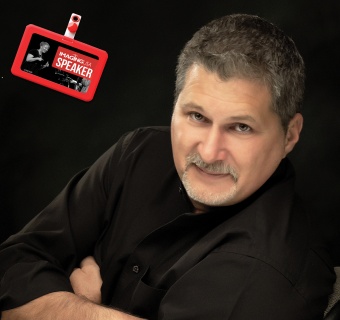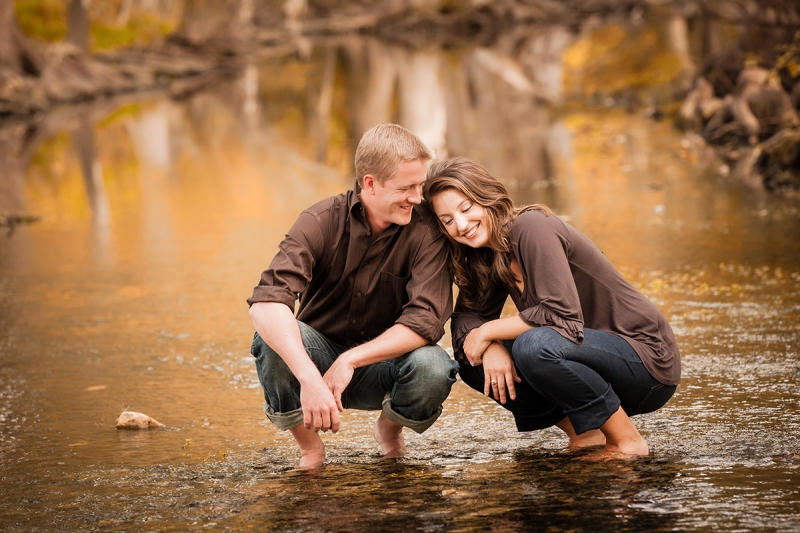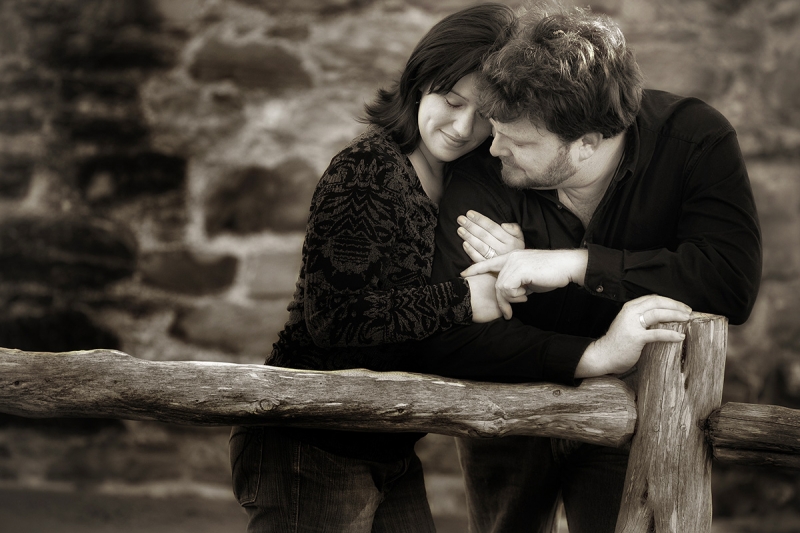How to work a wedding like an all-star
Wedding photographer David Boeck offers tip on how to make your best wedding photographs
• November 2018 issue
When you play the wedding photography game, you have to be ready for anything. On any given Saturday, photographers face loathsome lighting, wild weather, perplexing personalities, and every imaginable disaster and near-disaster. The difference between a real pro and someone who’s winging it is their ability to produce great results ceremony after ceremony no matter the conditions.

David Boeck
David Boeck, M.Photog.Cr., CPP, owner of daVeck Studios in San Antonio, will be talking about this at Imaging USA 2019 in January during his program, “Enhance Your Wedding Game.” Boeck focuses on helping photographers identify potentially problematic situations and then apply good solutions.
“A wedding can be extremely challenging—not just photographically, but there are personality issues, lighting scenarios, strange locations—and you always want to walk away knowing that you have a good story to tell,” says Boeck. “To do that, it’s important to be able to recognize certain situations and know how to get through them—or how to avoid them in the first place.”
Make a game plan
Successful wedding photography begins with a good game plan. There’s no formula for winning the wedding game—at least no universal prescription that applies to every situation and every event. However, a good plan establishes the guiding principles for what the photographer wants to accomplish so that when the unpredictable happens, they’re able to adapt and move forward.
Boeck starts his planning by scouting each event location to review the scenes he’ll be shooting. Even if he’s been to a location dozens of times, he visits it again at the same time of day the event will take place because things look different at various times of the day and the year. He looks for new spots to use. He assesses the light and how it will affect the photography. He brainstorms ways to make something unique. This research helps him create a vision based on what the couple wants and then build a plan that will allow him to capture the images he needs to tell their story.

Bring your love of the game
“The experience the photographer brings to a wedding is very important,” says Boeck. “If the couple is having a good time and if the people around them are enjoying themselves, then you’re going to walk away with great images. If the photographer is stressed and missing his mark, the anxiety shows through, people notice, and it shows in the images.”
To provide a better experience, Boeck recommends going back to your game plan. Look for things that might create difficulty, and develop strategies to work through those trouble areas. Think about the parts of the day when the photography can be a drag on the schedule, and develop methods to move through them quickly. For example, the post-ceremony portraits can be a challenge because the bridal party is excited and wants to get to the reception. “So we work hard on getting through those quickly and effectively so everyone maintains their good mood,” says Boeck. “That makes our job easier at the reception because it shows that we’re fun, creative photographers who are bringing something to the event and helping them enjoy themselves, not burdening people with a tedious process. Make that time fun, quick, and productive, and it will show in the images.”

Defeat your adversary
Every game involves an adversary, and for many wedding photographers, the foe is lighting. There are so many different lighting situations throughout a wedding day—bright sunlight, dark churches, moody reception halls. To tell a cohesive wedding story, it’s important to capture images that are consistent, with everything appearing as part of the same event from start to finish.
“The first thing people need to understand is color temperature,” says Boeck. “You need to have a consistent color temperature, balance, and tonality to everything so the images look consistent from outdoor to indoor to spaces with mixed lighting.”
The process requires a strong familiarity with your equipment. Various kinds of lights will produce different color temperatures even if you’re using the same settings on those lights. And some less-expensive lights may not deliver the same color temperature each time they’re fired. So it’s critical to understand differences between lights, what they produce, their limits.
Lenses are also highly variable. Some tend toward a warmer tone; others are more neutral. Understanding how your lenses will represent a scene and how they work in diverse lighting situations is a big piece of the puzzle.

Step up your game
“Go out there and challenge yourself to learn new things,” says Boeck. “We need to have an open mind and constantly look for new ways to accomplish our goals. When I go to a church or a park or another location, I challenge myself to do something unique—shoot in new scenes, use different lenses, try alternate camera angles—whatever I can do to make it different.”
Boeck always works weddings with a second shooter and an off-camera lighting person. The advantage of using a team is that everyone has a common goal, but there’s creative synergy that can bring new artistic perspectives to the wedding story. This approach helps both the lead and second shooter learn new techniques and expand their image-making repertoire while producing innovative imagery.
Educationally, Boeck is an advocate of PPA’s certified professional photographer credential. The process of earning the certification provides a tremendous foundation for photographers to learn advanced concepts and master the critical skills needed to handle variable situations, he says.

Post-game show
Immediately after a wedding, Boeck and his team debrief on the event. They talk about the good and the bad, where things went well, where they had difficulty, and how they can improve for the next event. “We do it right away while it’s fresh,” says Boeck. “It’s important to figure out where we keyed in on each other, and where things weren’t as connected. For this process to work, we all need to open ourselves up to ideas from the other people and honestly think about how we can improve.”

Become an all-star
“Now we’re really talking about playing the game,” says Boeck. “When you’re ready to break into that top tier, that’s when things get exciting. First, determine how good of a player do you really want to be. Then figure out a plan to enhance your game.”
That means challenging yourself. It also means accepting challenges from others, including clients asking you to do new things and other photographers challenging you to push your boundaries through your professional interactions. “Explore, discover, be excited about it,” says Boeck. “It’s like playing a
game, but it makes you better at what you do.”
Boeck says that to step up to the elite level, photographers must have mastered all the fundamental concepts, fully understand the choices they’re making, and know how those choices affect their images. Then you’re ready for advanced techniques, complex lighting schemes, alternate exposures, and new types of compositions that add more drama to your portfolio.
“The key is to do all of this but remain consistent,” he says. “When you can do all of these things and consistently blow away your clients with the results, then you’re truly operating at a higher level.”
RELATED: David Boeck's stunning wedding gallery
Jeff Kent is editor-at-large of Professional Photographer.
Tags: wedding photography


 View Gallery
View Gallery